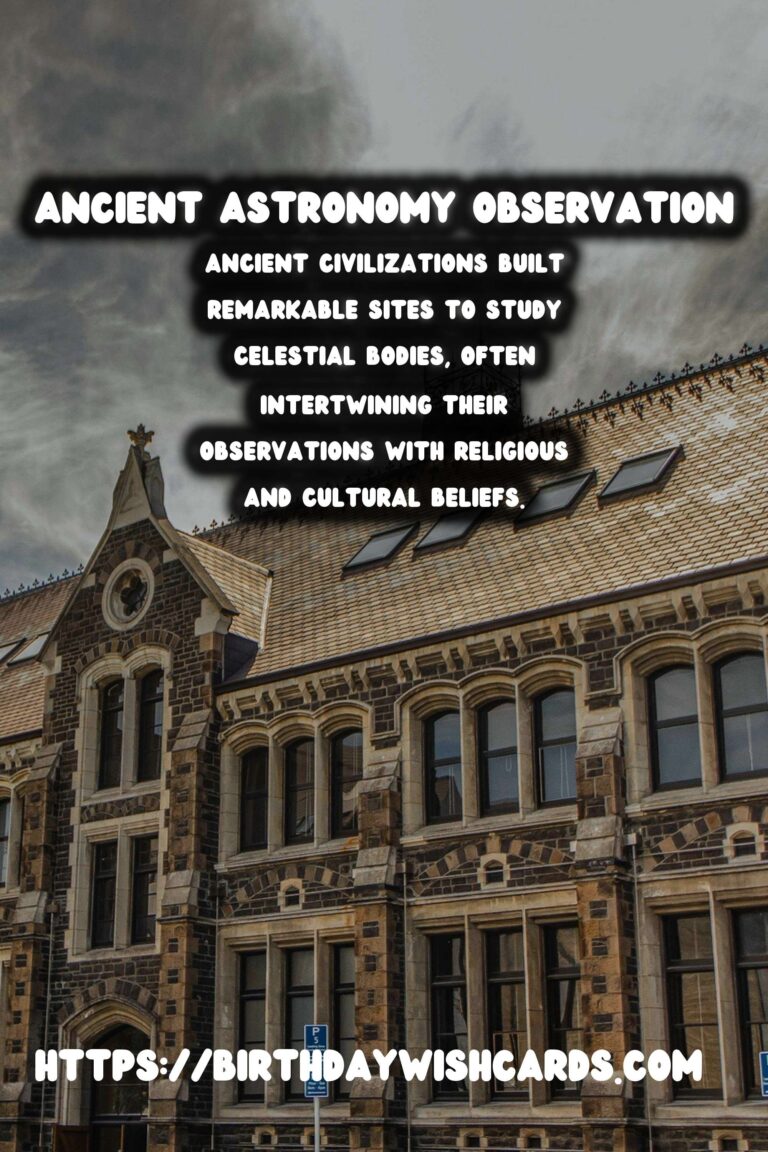
Throughout history, humans have always had a profound connection with the stars. Ancient civilizations built remarkable sites to study celestial bodies, often intertwining their observations with religious and cultural beliefs.
Overview of Ancient Astronomy Sites
Some of the earliest records of astronomy come from ancient sites dotted around the world. These structures were often more than mere observatories; they were the epicenters where science and spirituality met.
Stonehenge: A Calendar of Stones
Arguably one of the most famous ancient sites, Stonehenge in England is a marvel of prehistoric engineering. Many researchers believe that apart from its religious significance, Stonehenge functioned as a solar calendar, marking the solstices and equinoxes. The alignment of its stones with the sun’s path showcases the advanced understanding of astronomy by its builders.
The Mysterious Lines of Nazca
In the arid coastal plains of southern Peru lie the Nazca Lines. These geoglyphs cover an immense area and depict various animals and shapes. While their purpose remains speculative, some researchers suggest that they had an astronomical function, possibly recording the seasonal constellations or solstices, thus connecting the earth with the cosmos in an artistic display.
Machu Picchu: The Astronomical Enigma
Nestled high in the Andes Mountains, Machu Picchu is not only a testament to Incan architecture but also an astronomical site. It is believed that the Intihuatana stone, often considered the hitching post of the sun, was used to track the sun’s position and predict solstice events, bridging the Incan spiritual beliefs with their agricultural calendar.
Chichen Itza: The Temple of Kukulkan
Chichen Itza, a UNESCO World Heritage Site, houses the Temple of Kukulkan. This step pyramid, built by the ancient Maya civilization, is noted for its striking architectural alignment. During the equinoxes, the play of shadow and light creates the illusion of a serpent descending the stairway, symbolizing the Maya’s intricate understanding of astronomy and its ties to their mythology.
The Role of Astronomy in Ancient Beliefs
Astronomy in ancient times was not only about studying the stars but also included interpreting them in the context of divine stories and guiding human behavior. These celestial beliefs often drove societal norms and reflected in cultural rituals.
Conclusion
Ancient astronomy sites serve as historical records, revealing the intellectual and spiritual endeavors of early civilizations. They remind us of our ancestors’ quest to understand the universe and how these pursuits were deeply intertwined with their religious and cultural narratives.
As we continue to explore these sites, we gain not only historical insights but also a deeper appreciation for the human spirit’s relentless pursuit of knowledge.
Throughout history, humans have always had a profound connection with the stars. Ancient civilizations built remarkable sites to study celestial bodies, often intertwining their observations with religious and cultural beliefs. 
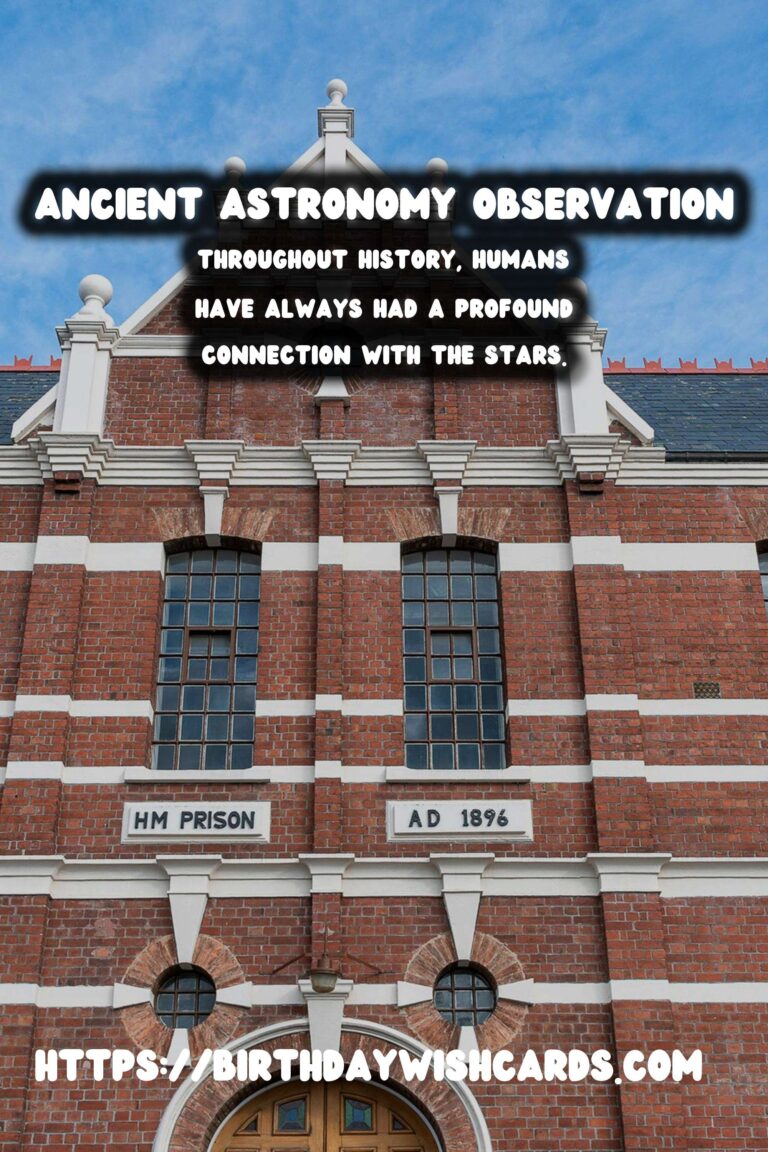
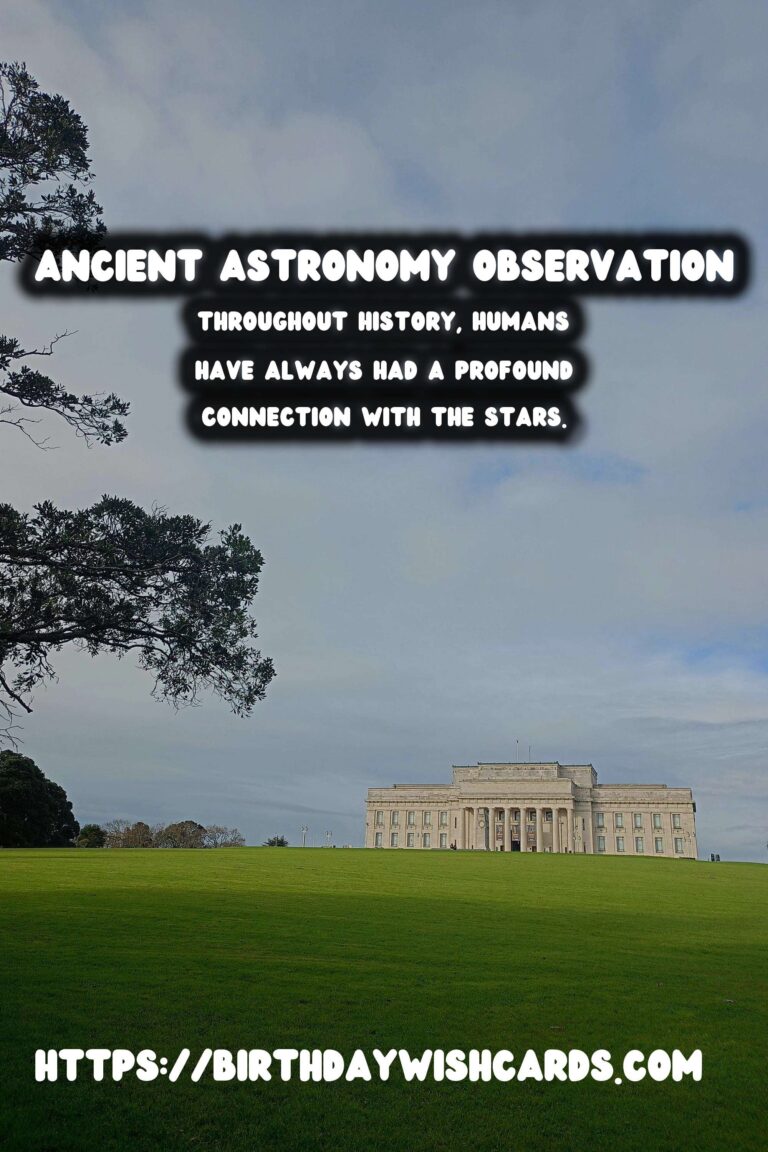
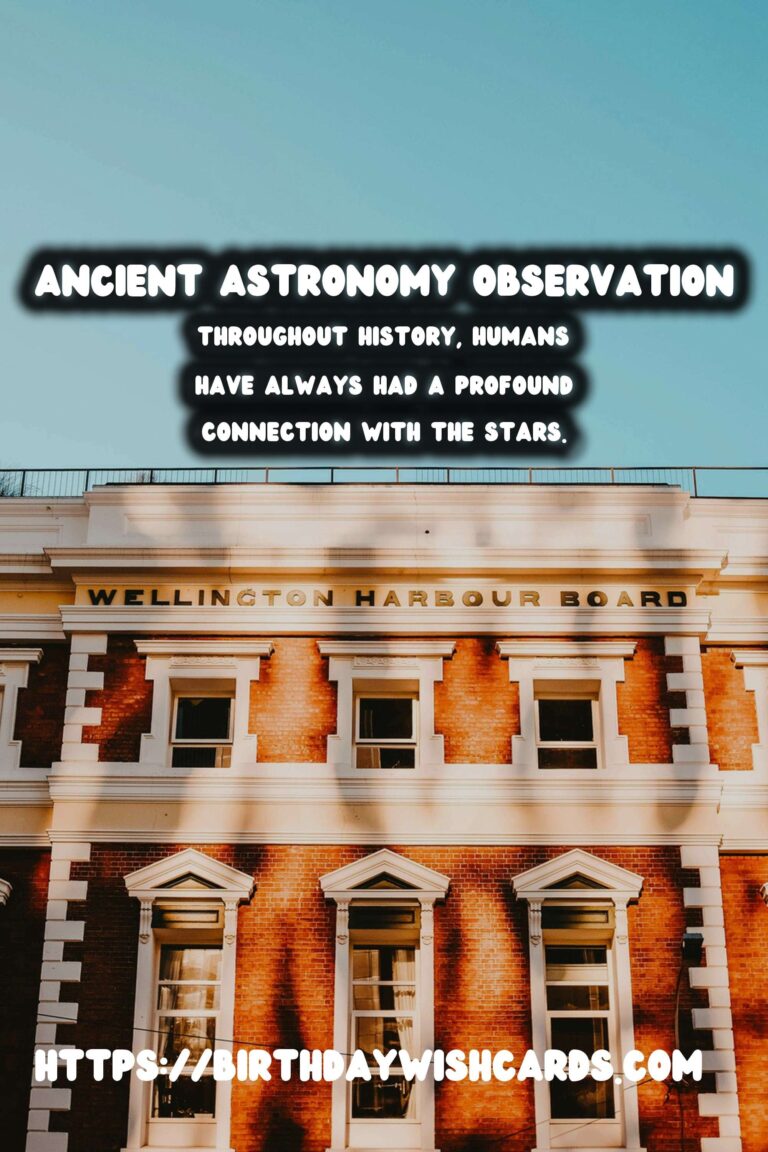
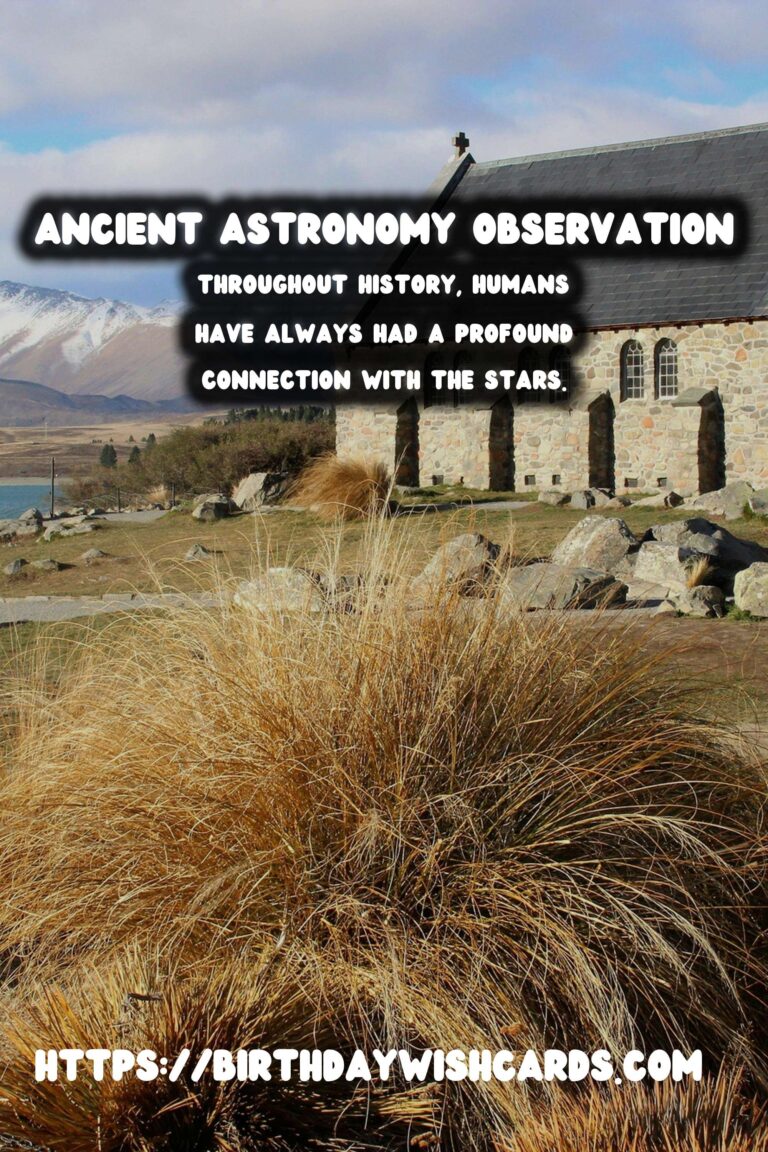
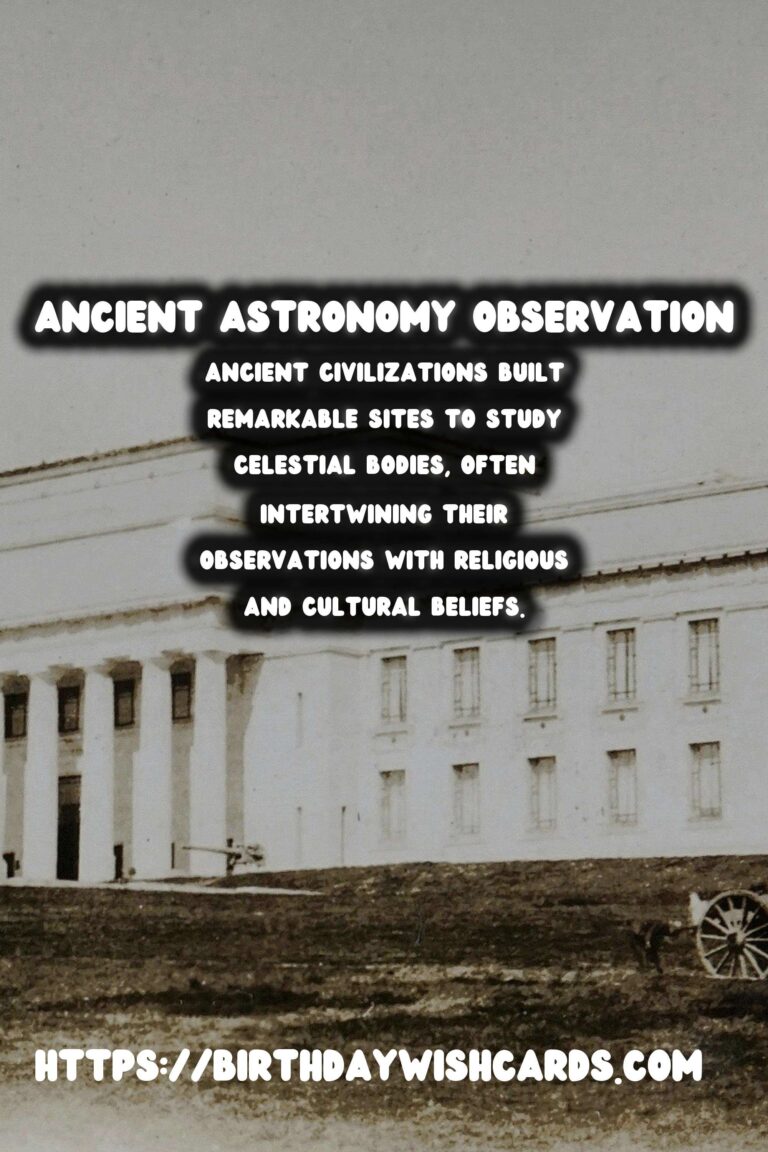
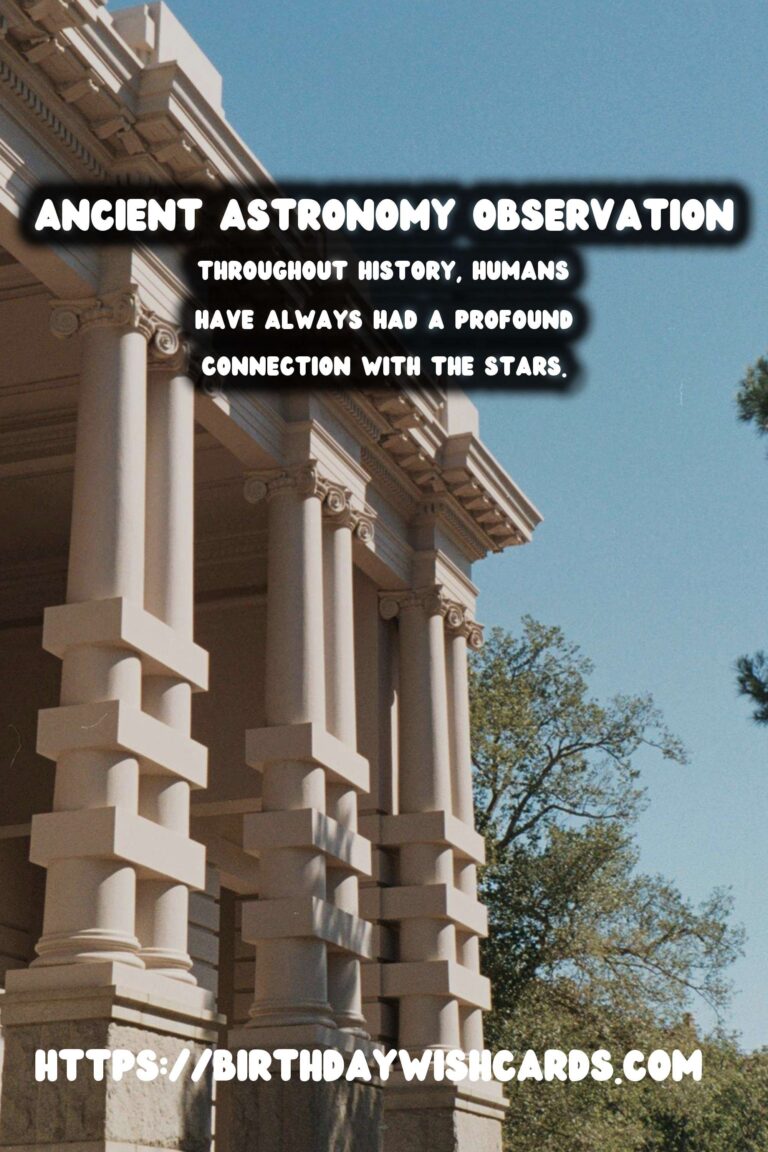
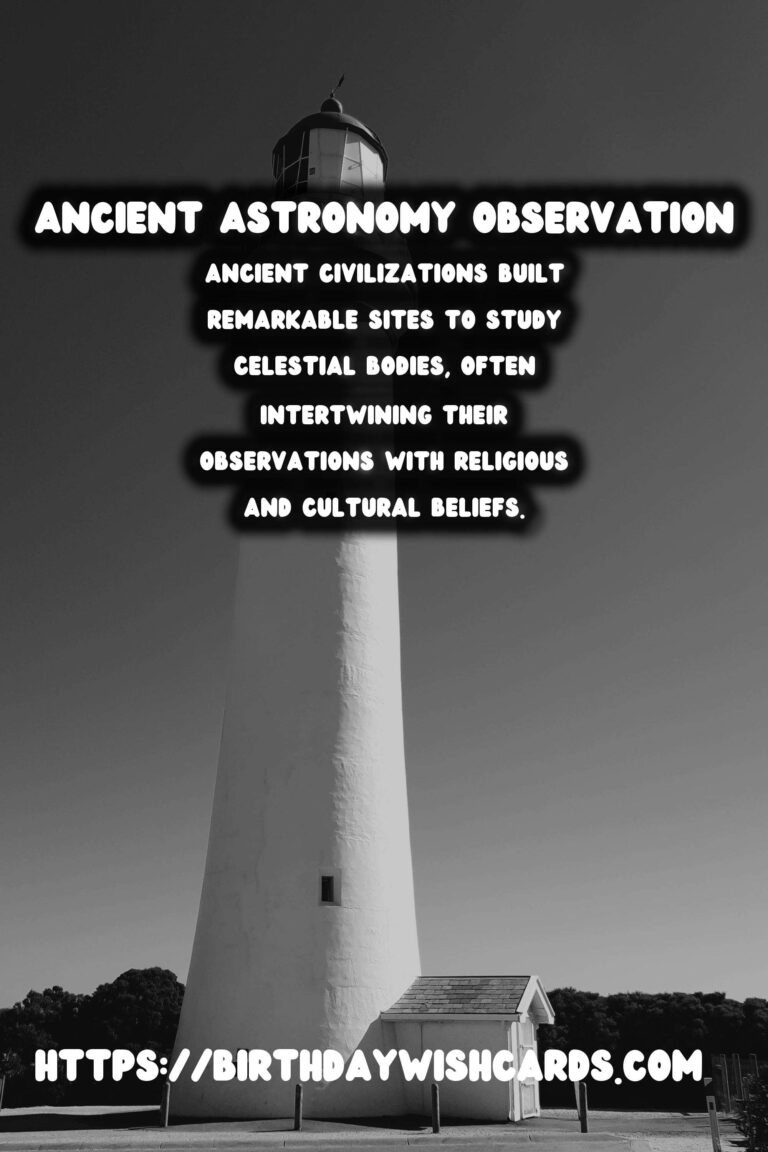
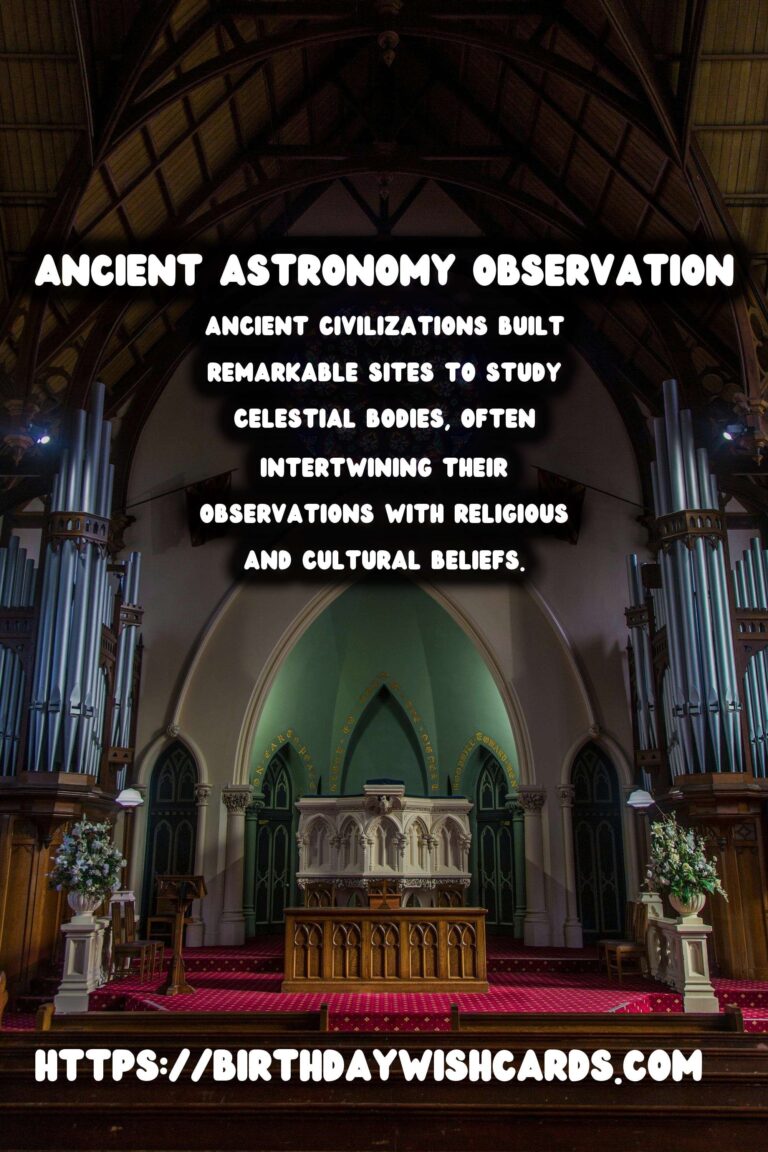
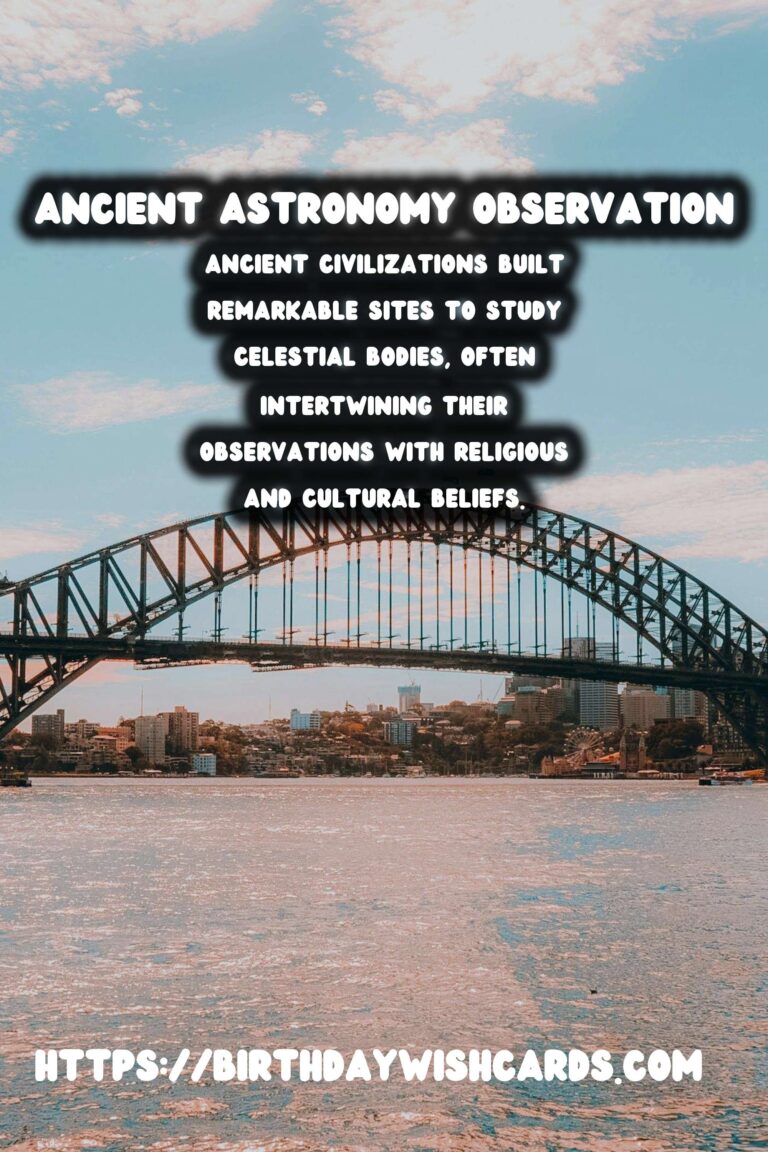
#AncientAstronomy #CulturalHeritage




